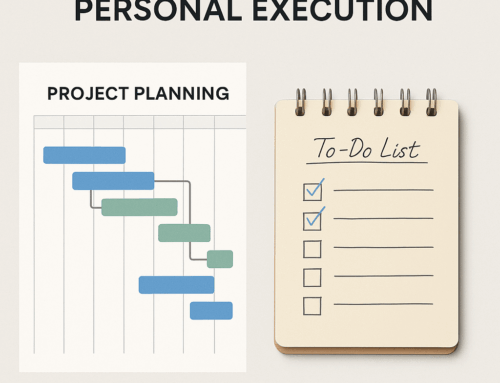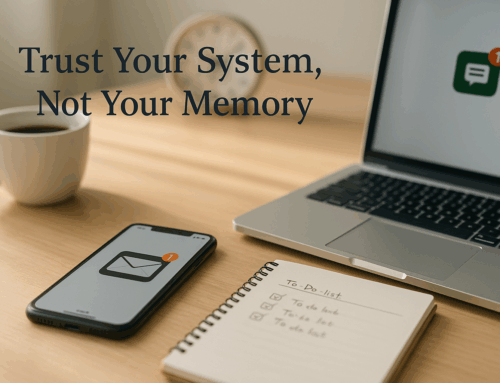In the first two parts of this series, we explored physical exercises and the art of restorative breaks. Part 1 focused on how to integrate static and dynamic stretches into a high-performance schedule, and Part 2 looked at how to rest without guilt or downtime regret.
Now, let’s talk about something you’re probably doing right now — sitting.
The Hidden Enemy in Your Workspace
We sit to work. We sit to eat. We sit to relax. And that’s the problem — we’re sitting too much. Dr. James A. Levine, a physician and researcher from the Mayo Clinic’s research shows that modern humans are sitting for over 13 hours a day, and it’s silently damaging our health.
Sitting for long periods:
- Slows metabolism
- Increases risk of heart disease and diabetes
- Even shortens lifespan
And worst of all? You can’t exercise your way out of it. One hour in the gym can’t undo 10 hours in the chair.
Movement as a Mindset
The real antidote, according to Dr. Levine, is NEAT — Non-Exercise Activity Thermogenesis — the small movements we do all day: pacing during calls or walking to a colleague’s desk. These micro-movements add up to better health and sharper focus. You’re not just burning calories — you’re keeping your body’s systems alert and oxygen flowing.
💡 Usable Idea #1: Post-meal Walks
One of the most powerful yet underestimated NEAT activities is taking a slow 15-minute walk — around 1 mph — after each meal: breakfast, lunch, or dinner. This simple act helps your body process the post-meal blood sugar spike more efficiently. Instead of forcing your system to work overtime while you’re sedentary, you’re matching energy output with intake — easing the metabolic load and promoting better glucose control.
💡 Usable Idea #2: Reclaiming 2 Hours and 15 Minutes at Work
Dr. Levine’s experiments showed that office workers could gain up to 2 hours and 15 minutes of walking a day by making small, strategic changes.
Here are practical ways to sneak movement into your day:
- Stand up and pace while on the phone
- Hold walk-and-talk meetings
- Move your chair to encourage standing
- Sit on a stability ball
- Use a mini-stepper in conference rooms
- Relocate trash cans and printers farther away
- Keep hand weights at your desk
💡 Usable Idea #3: NEAT Boosters for Work-from-Home Professionals
One of the best work-from-home NEAT boosters is an under-desk cycle or elliptical. It allows you to pedal gently as you attend meetings, write emails, or brainstorm. Since there’s no dress code or office decorum to hold you back, you can use it as often as you like.
If you work from home, you actually have a golden opportunity — no awkward stares, no workplace restrictions. You can move freely, experiment, and even invest in tools to keep your body in motion while staying productive.
What to look for when buying one:
- Smooth and quiet operation (essential for calls and concentration)
- Clear area under the desk: Make sure the floor space under your desk allows for natural pedaling motion without obstruction. This means accommodating the full dimensions of the machine — length, height, and width — and confirming there’s enough clearance for your legs to move comfortably. Don’t rely on product photos or assumptions; physically measure the space under your desk to ensure a good fit.
- Prefer an elliptical if you have less vertical clearance than a cycle.
- Opt for a portable model with a handle and wheels, so you can easily move it for cleaning or relocate it to the TV room. This way, you can sneak in some exercise while enjoying your favorite show — with far less guilt.
Popular brands from my study:
- Cubii (known for whisper-quiet operation)
- DeskCycle (good for taller desks and strong resistance options)
Remember the purpose behind using these machines: they’re not meant for building muscle or high-intensity workouts. They exist to support NEAT — gentle, consistent movement throughout your day. It’s not about pushing your limits, but about staying subtly active while you work.
Plan Your Escape from the Chair
Bringing NEAT into your daily rhythm requires intentional design. Take time to reflect on how you spend your hours at work and at home — and redesign your environment and habits to include movement in as many touchpoints as possible.
Credits:
This post incorporates insights inspired by Dr. James A. Levine’s book Get Up: Why Your Chair Is Killing You and What You Can Do About It — a thought-provoking read that sheds light on the silent risks of our sedentary lives.
(Subscribe to my newsletter, to get tips like this and more, directly in your inbox!)






